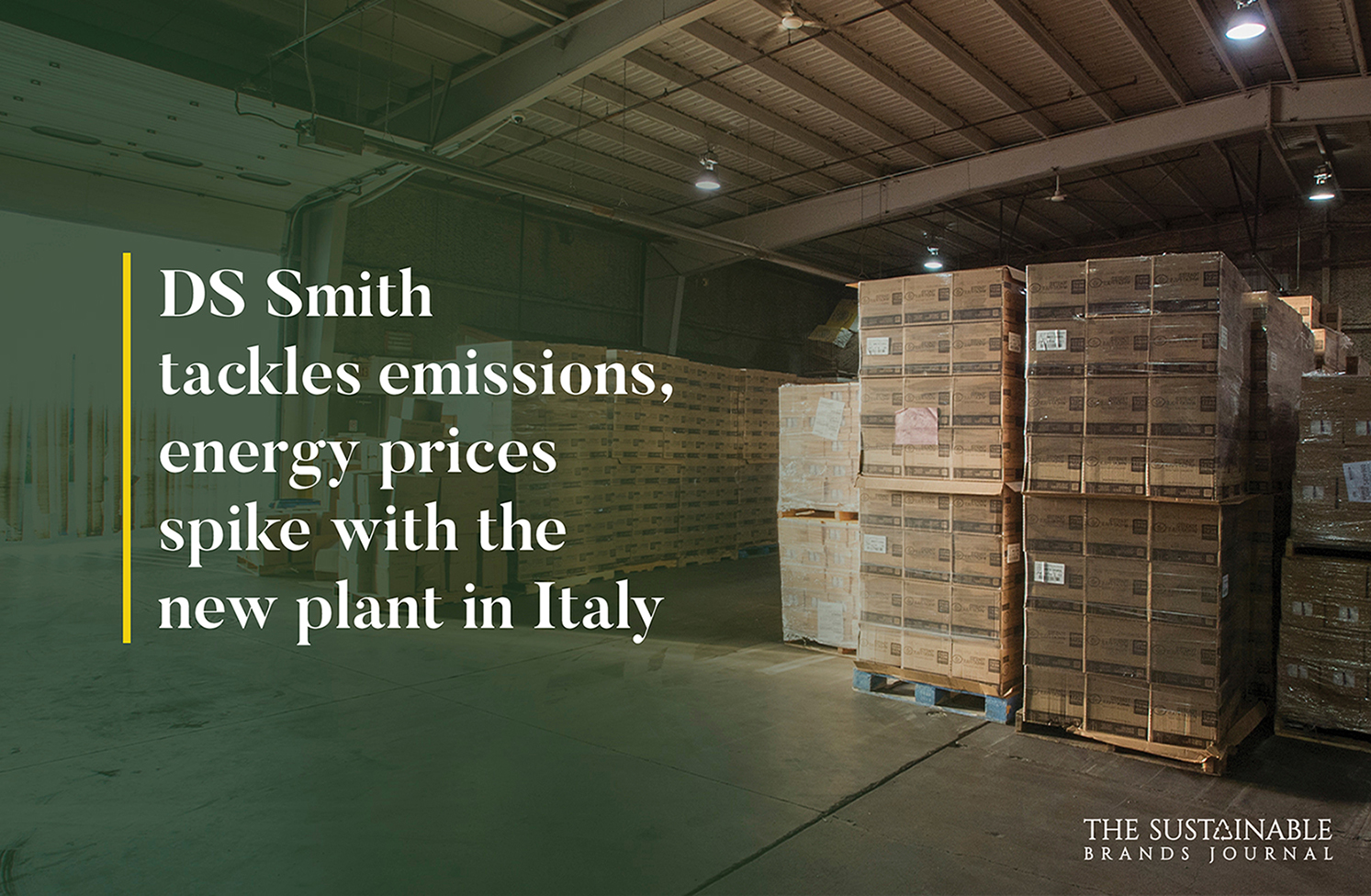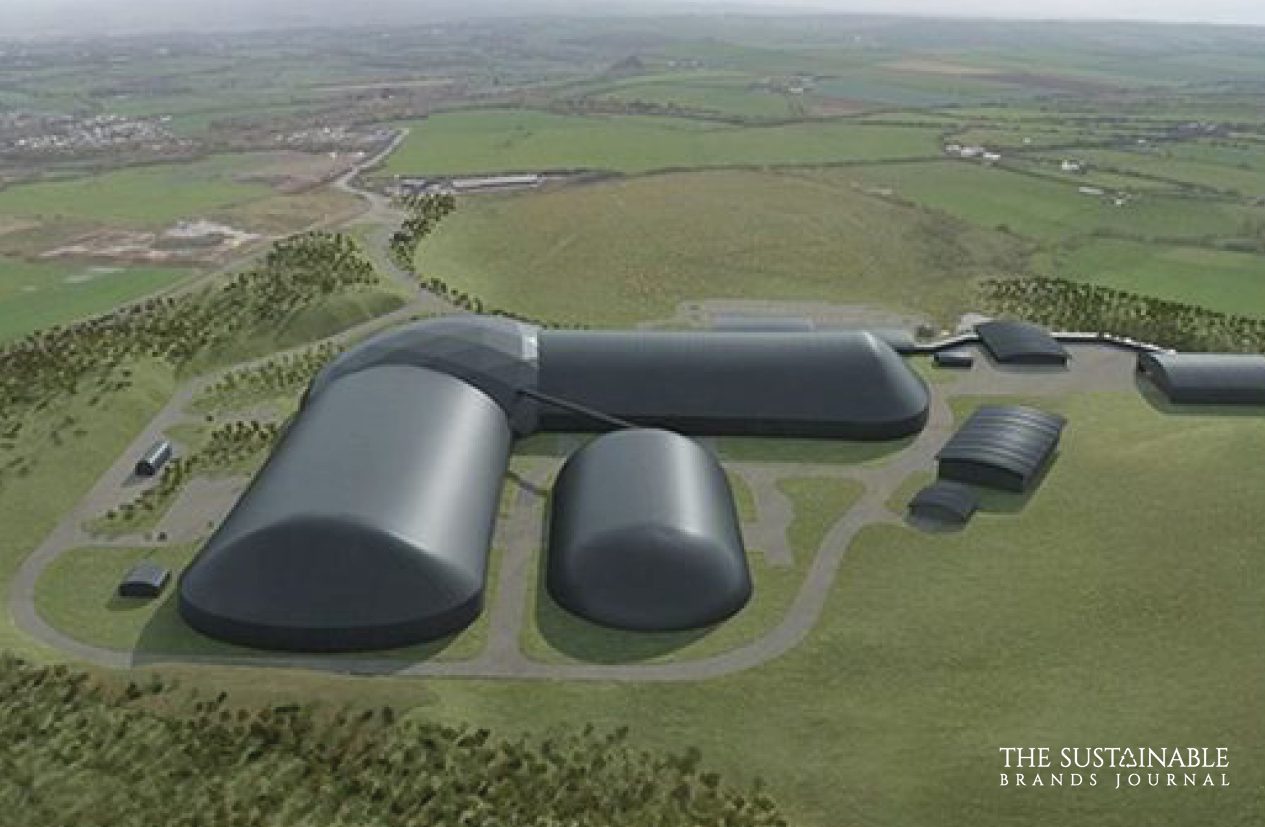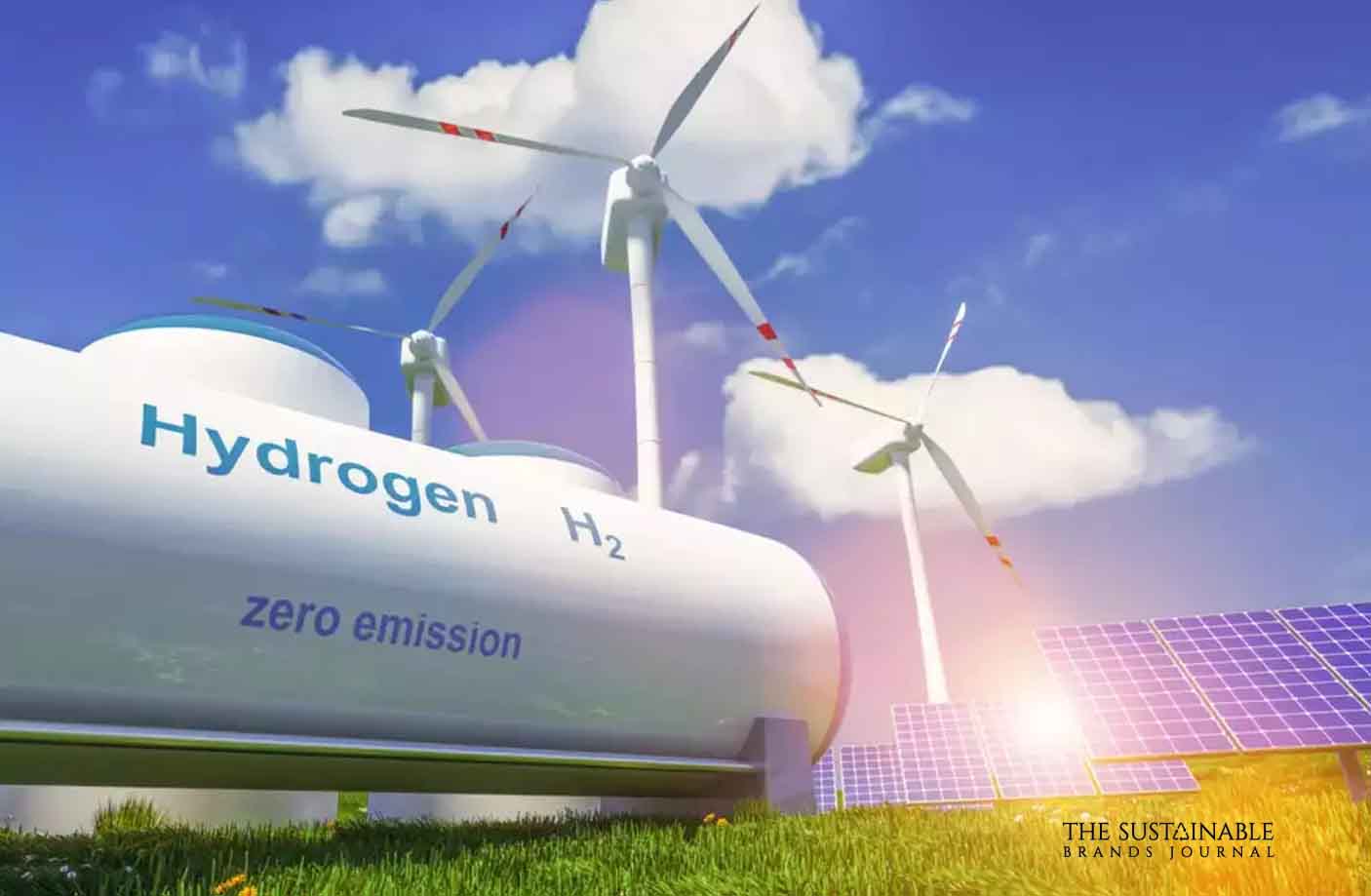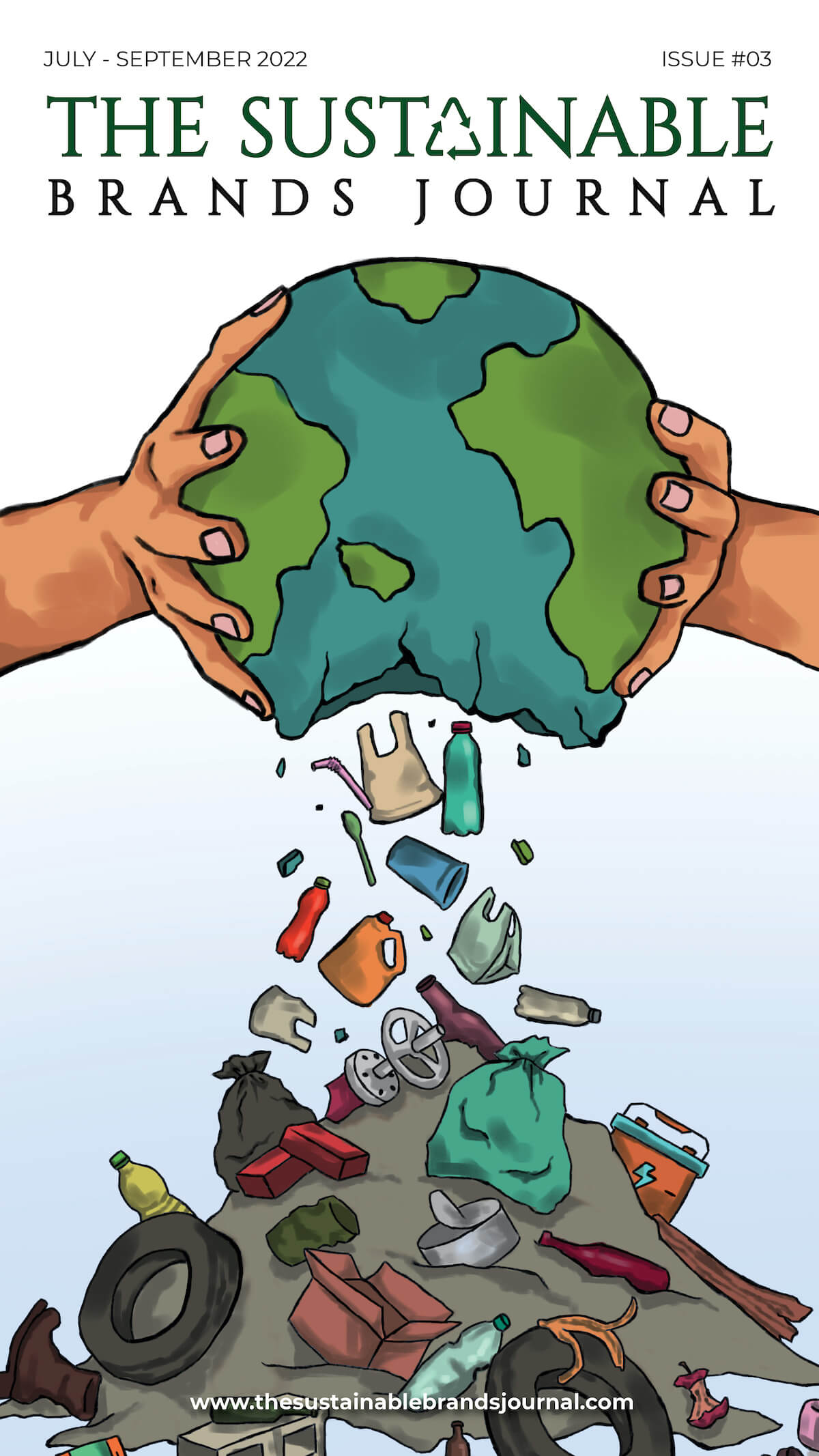
DS Smith tackles emissions, energy prices spike with new plant in Italy
British cardboard maker DS Smith (SMDS.L) expects a newly opened plant in northern Italy to help it reach its full-year growth targets as well as cut down on emissions and soften the impact of soaring energy prices.
Speaking on Tuesday at the new facility in Castelfranco Emilia, Chief Executive Miles Roberts called the plant “a long-term asset” that would help the company navigate a “challenging” short-term economic environment.
However, Roberts said the company was preparing for the risk of rationing energy over the coming winter as supplies from Russia are squeezed as a result of the war in Ukraine.
DS Smith, which provides packaging, paper, and recycling services, said it had invested a combined 100 million pounds ($117 million) at the Italian site and a similar facility to be launched in the Polish city of Belchatow.
Both projects are aimed at meeting growing customer demand for sustainable packaging, one of the drivers that helped support the company after the pandemic. Now energy is the number one concern.
“We think there will be rationing,” and “we have to plan for it now”, Roberts said, especially in the event of a severe winter, without specifying where that could occur.
Yet, he added that there is a lot the London-based company can do to reduce gas consumption without affecting output in terms of both volumes and quality, such as extending shifts, and “running the factories for longer,” but at a lower intensity.
The chief executive of Europe’s largest paper packaging producer, Smurfit Kappa (SKG.I), said in July that the company expected a shortage of paper on the continent if gas rationing affected production in the coming months. read more
Roberts said that 90% of costs related to natural gas had been covered for this year thanks to hedging programs with financial institutions, with 80% hedged for next year and 50% to 60% for the following one.
The Italian plant boasted an overall production capacity of 300 million cardboard boxes per year and would help the company, whose customers include Amazon (AMZN.O) and Nestle (NESN.S), meet its target of at least 2% growth in corrugated box volumes this year.
To achieve this, the plant relied on fully-electric internal transport, a solar system, and LED bulbs, while an automated vertical warehousing system working with machines on the factory floor was designed to boost productivity and efficiency.
In addition, the company said that at the Castelfranco plant’s offices, air conditioning was powered by a geothermal system tapping into water well 90 meters deep beneath the ground.
($1 = 0.8538 pounds)
To read top environmental news from the US, please visit Sustainable Brand Journal
Source- Reuters

Prachi, an accomplished Chief-Editor at The Sustainable Brands Journal, has 15+ years of experience in Europe, the Middle East, and India, managing 90+ global sustainable brands. She’s a prolific writer in sustainability, contributing to various publications. Prachi’s unwavering passion and expertise make her a recognized authority, driving positive change and inspiring a sustainable future.





